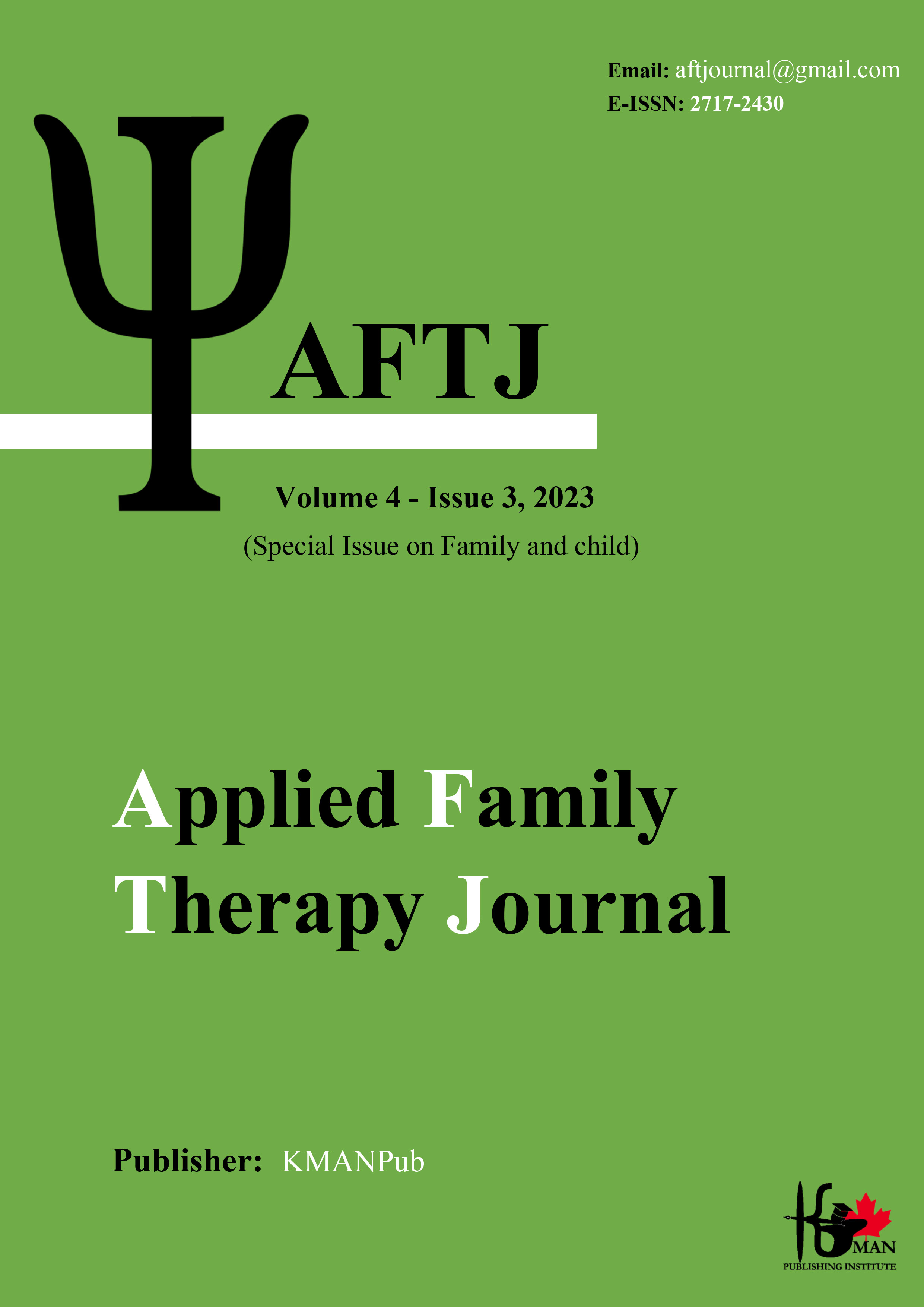Prediction of nomophobia based on attachment styles with the mediating role of loneliness in adolescents
Keywords:
attachment styles, loneliness, nomophobia, adolescentsAbstract
Aim: The present study was conducted with the aim of predicting nomophobia based on attachment styles with the mediating role of loneliness in adolescents. Methods: This research design was correlational and structural equation modeling. The research sample consisted of 500 working students studying in the second secondary course in the academic year 2020-2021, who were selected by online sampling method. Yıldırım and Correa's Nomophobia Questionnaire (2015), Collins and Reid's Adult Attachment Scale (1990) and DiTomaso et al.'s (2004) Loneliness Scale were used to measure the research variables. Data were analyzed with Pearson correlation coefficient and structural equation model. Results: The findings showed that the direct paths of this research of avoidant and ambivalent attachment styles were significant except for the perceived secure attachment style on nomophobia. Also, the results of the modified confirmatory factor analysis show (P = 0.001, F = 0.626) and the results indicate a good fit of the measurement model with the data; and all observed variables had a factor load higher than 0.3. In the other part of the results related to the direct paths, attachment styles were significant on the feeling of loneliness. Also, all the indirect paths of attachment styles through the mediating role of loneliness on nomophobia were significant. Also, the findings show that attachment styles and feelings of loneliness can predict 54% of the changes in nomophobia. The coefficient of determination of the variable feeling of loneliness is equal to 38% in the moderate to strong range. Conclusion: Therefore, variables of perceived attachment styles are predictors of nomophobia in adolescents
Downloads
Downloads
Published
Issue
Section
License

This work is licensed under a Creative Commons Attribution-NonCommercial 4.0 International License.





















